Source: The Verge and Vanity Fair
Battle of the Babies
By: Nate Unger and Kinley DuRant
What to Know:
Since November 12, 2019, Baby Yoda has taken the internet by storm with memes, comments and posts. As of February 2, 2020, a competitor has emerged against this internet sensation. Baby nut, the little version of the iconic Mr. Peanut of the Planters Peanut company, was born.
Here is some of the info:
- Number of Baby Yoda tweets in the week following its release (1/12/2019-11/19/2019) soared to 227.1K
- Peak of 64.8K on November 16th.
- Number of Baby Nut tweets in the week following its release (2/2/2020-Present) was 80.9k
- Peak of 38.2k on February 3rd.
- Total Number of Baby Yoda tweets since mainstream release (11/12/2019-Present) – 5.5 million, with peaks on Sunday, December 1st, 2019
- Several of the big spikes include:
- 2k tweets, Monday, December 30th, 2019
- 9k tweets, due to release of Rise of Skywalker
- 3k tweets, due to release of “competitor” Baby Nut, on Monday, February 3rd, 2020
- Total Number of Baby Nut tweets since mainstream release (2/2/2020-Present) is around 209.8K
- Several of the big spikes include:
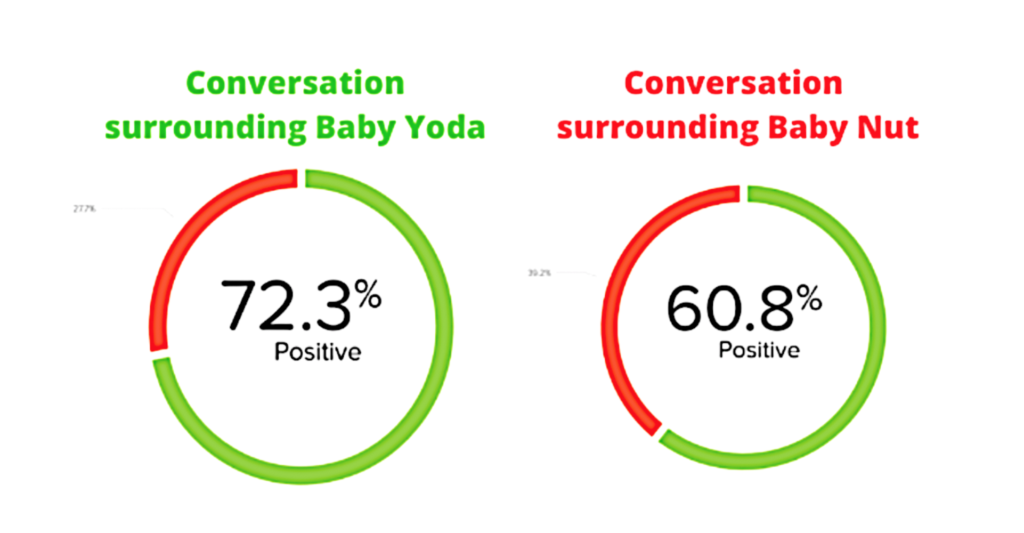
This trend lasted for a few short weeks and the meme account for Baby Nut was shut down. Twitter recently removed 3 accounts created by Planters in an effort to spread memes, a violation of Twitter’s rules and conduct.According to Insider, the Mr. Peanut Twitter account was attempting to build clout by replicating real accounts. They stated that “coordinated activity, that attempts to artificially influence conversations through the use of multiple accounts, fake accounts, automation and/or scripting,” and “operating multiple accounts with overlapping use cases, such as identical or similar personas or substantially similar content.” (Insider)
Based on this information, it is noticeable that Baby Yoda is a much hotter commodity than his counterpart, Baby Nut. Along with the release of the ninth installment in the Star Wars saga, Yoda got much more attention and is more culturally accepted than Baby Nut. People swooned over Baby Yoda, making him into memes to represent relatable experiences in addition to making fan accounts to post updates as new episodes of his show, The Mandalorian.
Baby Yoda trend:

Baby Nut came out a few months later to a bit of a mixed reception. On one end, people love the cute factor that came with its arrival, similar to that of Baby Yoda. However, people are turning down the notion of Baby Nut in favor of his counterpart, Baby Yoda.
Baby Nut trend:


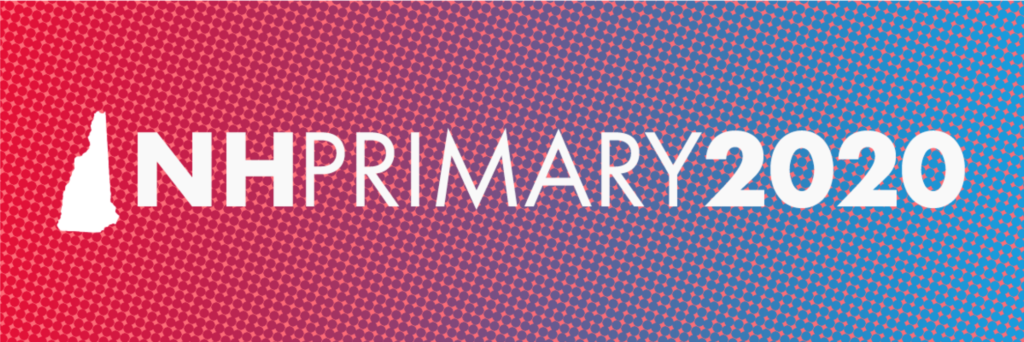

 Source: American Majority
Source: American Majority
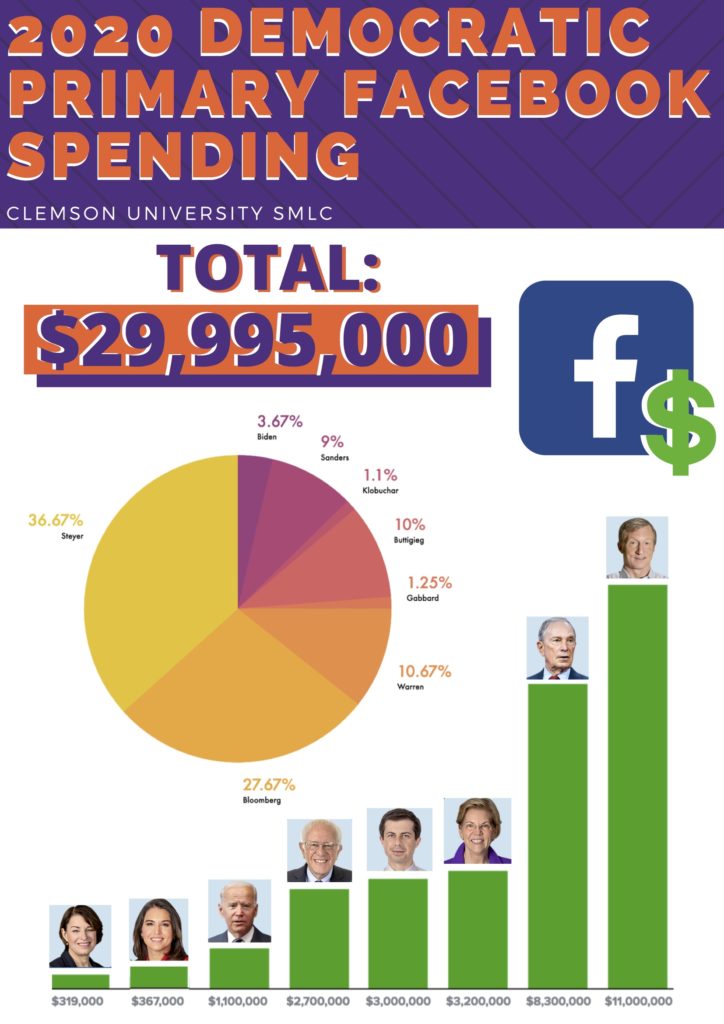
 Source: WLRN
Source: WLRN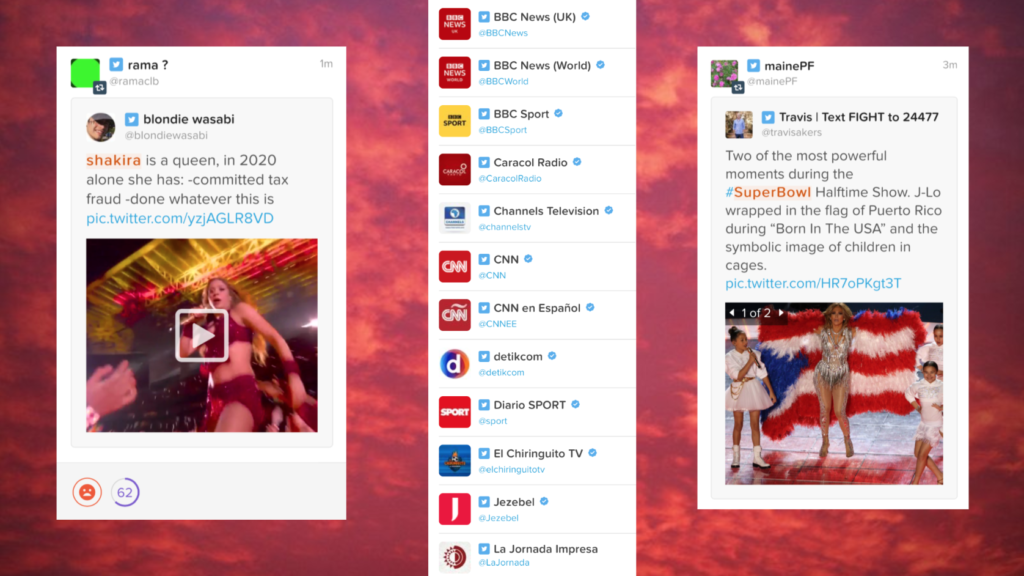

 Source: NYTimes
Source: NYTimes

 Source: Center for Disease Control
Source: Center for Disease Control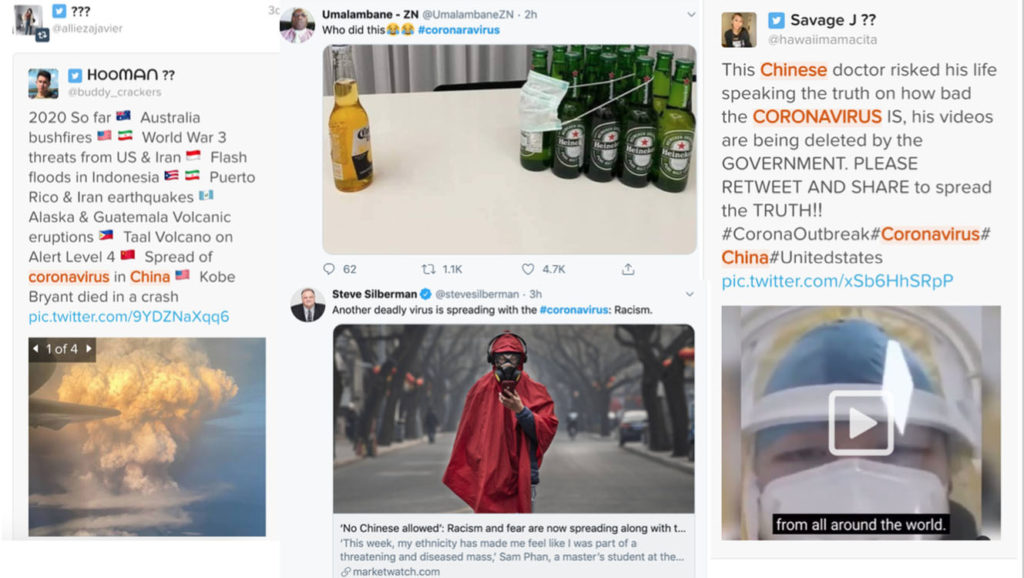




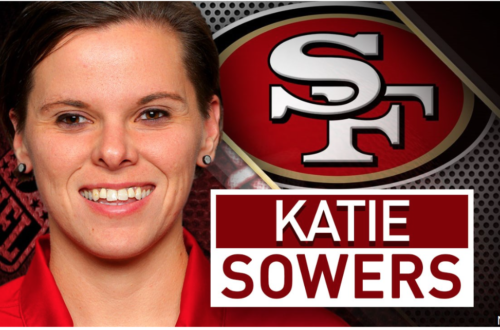 Photo: NFL
Photo: NFL
